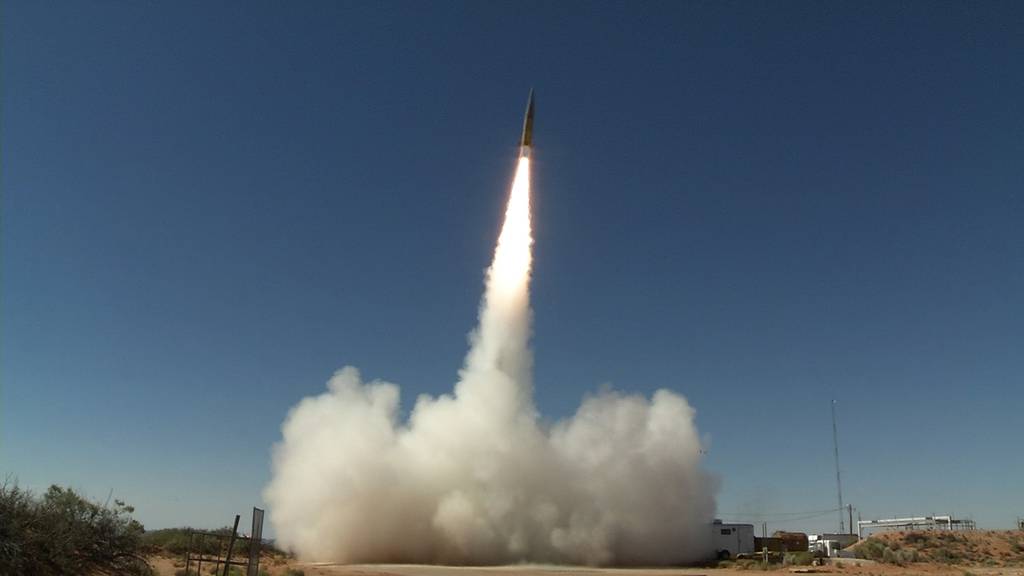
New radars and interceptors are headed to soldiers for testing in 2024 as the Army seeks to upgrade its air defense capabilities.
After decades of relying on limited short-range air defense and Patriot batteries with technology dating to the early 1980s, the Army has pushed resources into new systems to defeat the growing threat of enemy missiles and drones.
Defense News reported in November that the radar set to replace the current Patriot radar system defeated a cruise missile threat in a test.
The Lower Tier Air and Missile Defense Sensor, or LTAMDS, can detect and defeat ballistic missiles and other threats from all directions. That’s an improvement on sectioned radars of the past, which could leave uncovered gaps.
:quality(70)/cloudfront-us-east-1.images.arcpublishing.com/archetype/5KXDVOH6VBAMNC5IHEEVFC3SXA.jpg)
In the test, Defense News reported, the LTAMDS detected and tracked a projectile mimicking the speeds and maneuverability of a cruise missile. The sensor passed data to the Army’s Integrated Battle Command System, or IBCS, which operates as the “brains” of the entire air defense complex.
The IBCS triggered a Patriot Advanced Capability-3 missile to fire as the LTAMDS guided the missile to strike the target.
Testing at the time led to the LTAMDS system reaching initial operational capability at the end of 2023.
Six radars have been built and will continue testing in 2024. They’re scheduled to reach full operational capability by the end of 2024, Raytheon officials told Defense News.
While the LTAMDS detects threats and guides missiles, the Army is also improving its air defense striking capabilities, chiefly through the Indirect Fire Protection Capability, or IFPC.
That’s needed because current interceptors can’t keep up with the range of improved munitions and anticipated hypersonic weapons threats being developed by Russian and Chinese militaries.
The IFPC system can hold 18 AIM-9X missiles in the launcher. The Army is on schedule to receive 12 IFPC launchers by early 2024, said Brig. Gen. Frank Lozano, program executive officer for missiles and space.
The Army also plans to launch a second interceptor program that will replace the Patriot Advanced Capability-3 missile, Lozano told Defense News.
The Army needs that missile to achieve certain altitudes and ranges with a rocket motor that can reach the target quicker, Lozano said. The weapon must also defeat electromagnetic warfare countermeasures and include enhanced seeker performance.
The Army expects to field the interceptor between 2025 and 2030.
Author: Todd South
Source: DefenseNews



